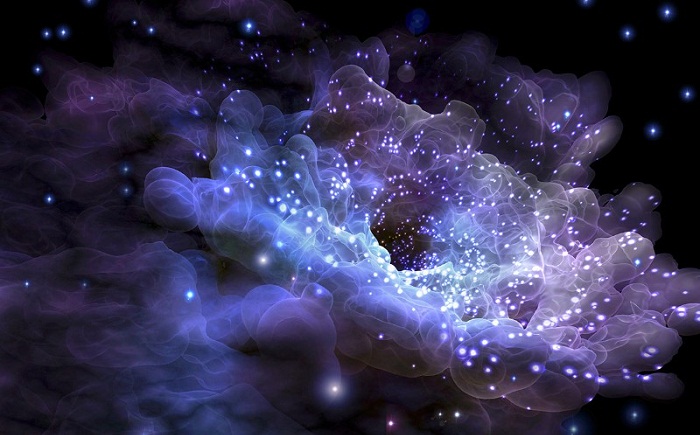Theoretically, a black hole could grow so big that it swallows up the stable part of the disc and destroys it. However, most people thought that black holes would not actually achieve that. “It didn’t occur to us to worry about it, because the mass required was so large,” says Andrew King of the University of Leicester, UK.
But there were observational hints that such a limit should exist. In 2008, an independent group led by Priya Natarajan of Yale University and Ezequiel Treister of the University of Concepcion in Chile considered how much black holes feasted in the early universe and the free gas available for them to swallow in recent times.
Given how much black holes have eaten since the dawn of the universe, they argued, the greediest ones could have grown to a size of about 50 billion solar masses.
Mega find
It was the discovery of mega black holes within the last few years that prompted King to return to the subject. The heaviest black holes we’ve now seen have a mass of up to 40 billion times that of our sun, which led King to calculate how big a black hole would have to be for its outer edge to keep a disc from forming. He also came up with a figure of 50 billion solar masses, firming up the previous findings.
Without a disc, the black hole would stop growing, making this the upper limit. The only way it could grow larger would be if a star fell straight in or another black hole merged with it. But neither process would fatten it up as efficiently as a gas disc. “Unless you merge with another monster, you’ll make almost no difference to the black hole mass,” King says.
Although Natarajan came up with a similar limit, she thinks King’s approach might be a bit of an oversimplification. King’s calculations focus on the gas disc’s stability, but Natarajan argues that you can’t ignore the amount of gas around the black hole, either.
As hot gas spirals into a black hole, it blasts the rest of the disc with X-rays that clear out the environment – meaning a black hole that feeds too quickly can choke on its meal so much that it clears the table by ejecting the gas. The amount of gas available helps to determine when this will happen.
“You have to take into account the central galaxy environment in which the black hole is embedded,” Natarajan says. “It’s not enough to look only at gravitational stability.”
More about:
















































